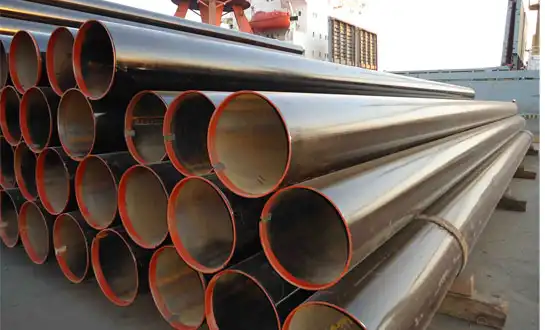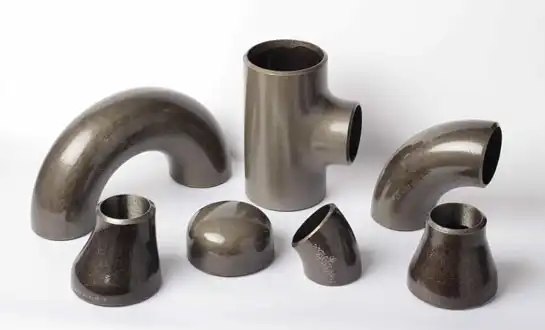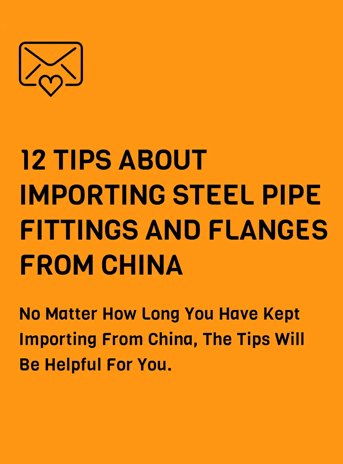Industrial fittings: elbows, tees, caps, reducers and couplings
Industrial fittings encompass essential components that form the backbone of modern piping systems, including elbows for directional changes, tees for branching connections, caps for line termination, reducers for diameter transitions, and couplings for pipe joining. These industrial butt weld steel pipe fittings serve as critical connection points that ensure system integrity across diverse applications from residential plumbing to complex industrial processing facilities. The selection and specification of appropriate fittings directly impacts system performance, maintenance requirements, and operational safety throughout the installation's service life. Understanding the unique characteristics and applications of each fitting type enables engineers to design efficient piping systems that meet functional requirements while optimizing material usage and installation costs. Modern manufacturing techniques ensure that these industrial pipe components deliver consistent quality and reliable performance across various operating conditions and environments.

Types and Applications of Essential Industrial Fittings
Elbow Fittings for Directional Changes and Flow Control
Elbow fittings represent fundamental industrial pipe components designed to redirect fluid flow through precise angular changes while maintaining hydraulic efficiency and structural integrity. The most common configurations include 90-degree and 45-degree elbows, with long radius options providing superior flow characteristics compared to short radius alternatives in applications where pressure drop minimization is critical. These industrial pipe components feature smooth internal contours that reduce turbulence and energy losses, particularly important in high-velocity fluid systems and applications requiring optimal pumping efficiency. The manufacturing process ensures consistent wall thickness distribution throughout the curved section, eliminating weak points that could compromise system reliability under operating pressures. Buttweld carbon steel elbows offer exceptional strength and durability for demanding applications, with certified performance characteristics that meet international standards for pressure and temperature ratings across various industrial sectors.
Tee Fittings for Branch Connections and System Integration
Tee fittings serve as versatile industrial pipe components that enable branch connections and system integration by providing three-way flow distribution or collection points within piping networks. Equal tees maintain consistent diameter across all three openings, while reducing tees incorporate different sizes to accommodate varying flow requirements and system configurations. The internal geometry of these industrial pipe components is carefully engineered to minimize flow separation and pressure losses at the junction point, ensuring efficient fluid distribution and reducing stress concentrations that could lead to premature failure. Advanced manufacturing techniques produce tees with smooth interior surfaces and clean external finishes that facilitate installation and maintenance operations. These industrial pipe components are essential for creating complex piping layouts that serve multiple equipment connections, process streams, and distribution networks in industrial facilities ranging from chemical processing plants to municipal water systems.
Caps and End Closures for System Termination
Cap fittings function as permanent or temporary closure solutions among industrial pipe components, providing reliable sealing for pipe ends in various system configurations and maintenance scenarios. These components are manufactured with solid end faces and reinforced wall sections that distribute internal pressure loads evenly around the circumference, preventing stress concentration at the termination point. The design of cap fittings accommodates both welded and mechanical connection methods, offering flexibility in installation and future system modifications. Industrial pipe components such as caps play crucial roles in hydrostatic testing procedures, where temporary closures enable pressure testing of individual system sections before final commissioning. The materials and construction methods used in cap manufacturing ensure compatibility with system pressures and temperatures while providing long-term reliability in applications requiring permanent line termination or future expansion capabilities.
Design Specifications and Performance Standards
Material Properties and Structural Integrity Requirements
The performance characteristics of industrial pipe components depend fundamentally on material selection and manufacturing processes that ensure consistent mechanical properties throughout the component geometry. Carbon steel compositions typically range from 0.05% to 0.25% carbon content, providing optimal balance between strength, ductility, and weldability required for complex fitting geometries and demanding service conditions. Heat treatment processes normalize the microstructure and relieve manufacturing stresses, ensuring that industrial pipe components maintain consistent performance under cyclic loading and thermal expansion cycles. Tensile strength, yield strength, and impact toughness values must meet or exceed specified requirements to ensure reliable operation under anticipated service loads and environmental conditions. Quality control procedures verify that material properties remain uniform throughout the fitting wall thickness and critical stress areas, preventing premature failure due to material inconsistencies or manufacturing defects in these essential industrial pipe components.
Pressure Ratings and Temperature Limitations
Industrial pipe components must operate safely within defined pressure and temperature envelopes that account for material properties, wall thickness, and geometric stress concentration factors throughout the component design. Pressure class ratings from 150 to 2500 ANSI provide standardized specifications that ensure compatibility with system design requirements and safety factors appropriate for different applications. The relationship between operating temperature and allowable pressure creates performance boundaries that define safe operating limits for industrial pipe components in various service environments. Factors such as thermal cycling, pressure surges, and mechanical loading must be considered when specifying fittings for critical applications where failure could result in safety or environmental consequences. Testing procedures validate the pressure-temperature capabilities of industrial pipe components through hydrostatic testing and long-term performance evaluation under simulated service conditions.
Dimensional Standards and Connection Compatibility
Standardized dimensions ensure that industrial pipe components maintain interchangeability and compatibility across different manufacturers and supply sources, facilitating procurement and maintenance operations throughout the system lifecycle. International standards such as ASME B16.9 and EN 10253 specify critical dimensions including center-to-end distances, wall thickness requirements, and connection details that govern fitting performance and installation procedures. Tolerance specifications for industrial pipe components ensure proper fit-up with mating pipes and other system components while maintaining structural integrity and sealing effectiveness. Manufacturing precision controls dimensional accuracy throughout the production process, preventing assembly problems and ensuring consistent performance across different production batches. The standardization of industrial pipe components supports global supply chains and enables efficient project execution through reliable component availability and predictable performance characteristics.
Installation Methods and Quality Assurance
Welding Procedures and Joint Integrity Standards
Successful installation of buttweld industrial pipe components requires qualified welding procedures and skilled personnel to achieve reliable joint integrity and long-term performance. Welding procedure specifications define parameters such as heat input, preheat requirements, and post-weld heat treatment that ensure optimal metallurgical properties in the heat-affected zone. The preparation of pipe and fitting ends must meet specified requirements for bevel angles, root opening, and surface cleanliness to achieve complete penetration and eliminate defects that could compromise joint strength. Quality control measures include visual inspection, radiographic examination, and mechanical testing of weld samples to verify compliance with applicable codes and standards for industrial pipe components. Proper welding techniques ensure that the strength and corrosion resistance of the joint match or exceed the base material properties, maintaining system integrity throughout the design life.
Inspection Requirements and Testing Procedures
Comprehensive inspection programs ensure that industrial pipe components meet specified quality standards and performance requirements before installation and system commissioning. Dimensional verification confirms that fittings conform to drawing specifications and standard tolerances, preventing assembly problems and ensuring proper system function. Non-destructive testing methods such as magnetic particle inspection, ultrasonic testing, and radiographic examination detect surface and internal defects that could affect the reliability of industrial pipe components in service. Hydrostatic pressure testing validates the structural integrity of installed fittings under controlled conditions that simulate or exceed normal operating pressures. Documentation of inspection results provides traceability and supports quality assurance programs that ensure consistent performance of industrial pipe components throughout the project lifecycle.
Installation Best Practices and System Integration
Proper installation techniques maximize the performance and service life of industrial pipe components while minimizing maintenance requirements and operational disruptions. Alignment procedures ensure that fittings are positioned correctly to prevent stress concentrations and maintain proper support spacing throughout the piping system. The use of appropriate lifting and handling equipment prevents damage to industrial pipe components during transportation and installation, preserving the integrity of protective coatings and dimensional accuracy. Installation sequences must account for thermal expansion effects, support requirements, and access needs for future maintenance operations. Training programs for installation personnel ensure that proper procedures are followed consistently, supporting the reliable performance of industrial pipe components in critical system applications.
Conclusion
Industrial fittings including elbows, tees, caps, reducers, and couplings form essential components that enable efficient and reliable piping system design across diverse applications. The successful integration of these industrial pipe components requires careful attention to material selection, design specifications, and installation practices that ensure long-term performance and system integrity in demanding operational environments.
HEBEI RAYOUNG PIPELINE: Premium Industrial Pipe Components Manufacturers
Transform your infrastructure projects with HEBEI RAYOUNG PIPELINE TECHNOLOGY CO., LTD., where excellence meets innovation in industrial pipe components manufacturing. As leading suppliers of buttweld carbon steel elbows, tees, reducers, and flanges, we deliver certified strength and performance with smooth interiors and clean surfaces that exceed industry expectations. Our comprehensive product lineup provides solutions for every design requirement, from straight-line configurations to complex angular connections, backed by ISO 9001:2015 quality assurance and GOST-R export certifications. With dependable materials and consistent quality serving global markets from residential buildings to industrial plants, we understand that superior infrastructure starts with reliable components. Ready to elevate your next project? Contact our expert team at info@hb-steel.com for responsive support and proven solutions that stand the test of time!
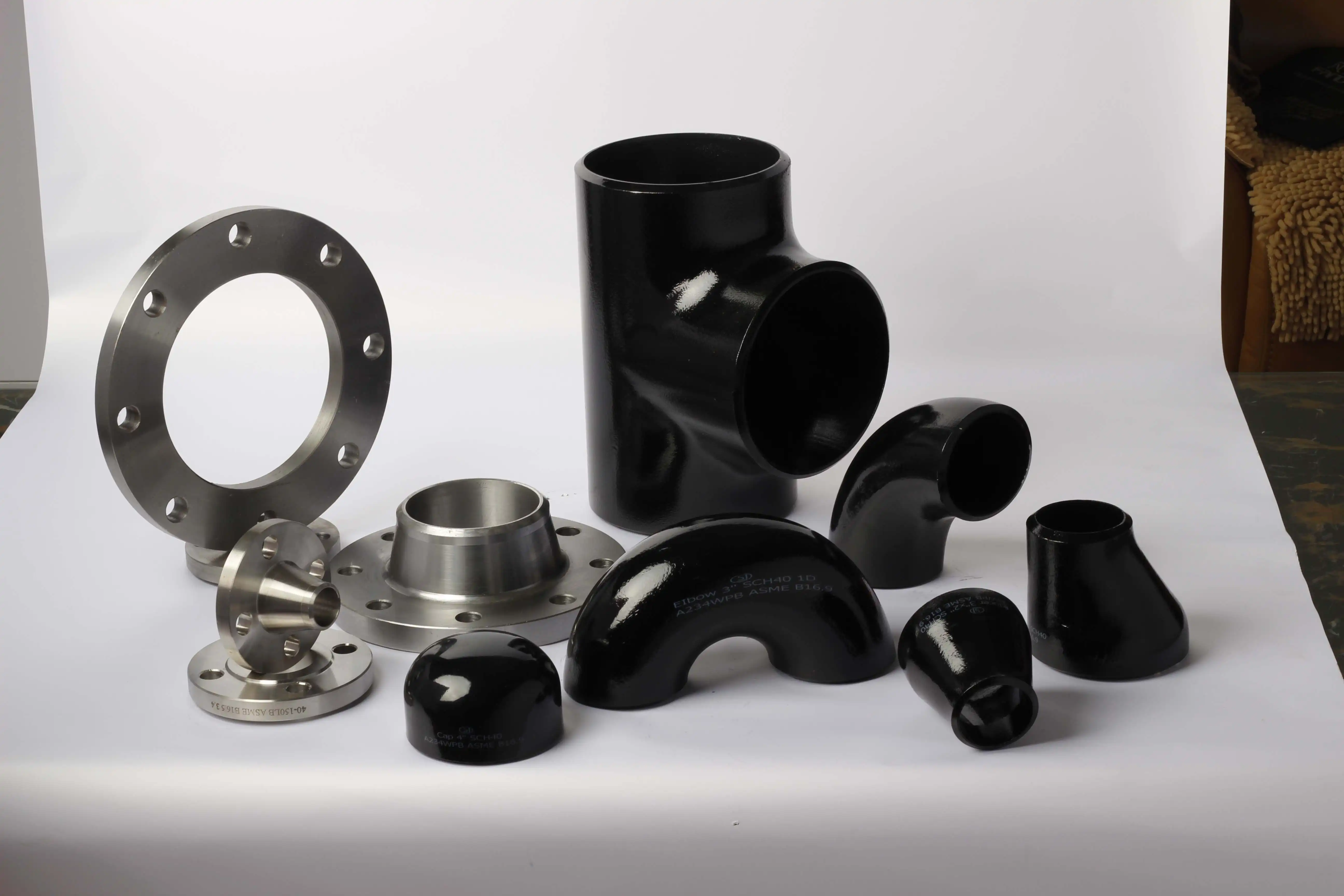
References
1. Anderson, R.J. and Thompson, M.L. "Design Standards for Industrial Pipe Fittings and Connection Components." Mechanical Engineering Review, Vol. 42, 2020.
2. Wilson, P.K. "Manufacturing Processes and Quality Control in Steel Pipe Fitting Production." Industrial Manufacturing Journal, Issue 18, 2019.
3. Davis, L.M. et al. "Performance Evaluation of Carbon Steel Fittings in Industrial Applications." Process Engineering Quarterly, Vol. 35, 2021.
4. Brown, S.R. and Martinez, C.A. "Installation Best Practices for Industrial Piping System Components." Construction Engineering Review, Vol. 28, 2020.
5. Johnson, D.L. "Material Selection Guidelines for Industrial Pipe Fittings and Connections." Materials Engineering Magazine, Vol. 47, 2019.
6. Miller, K.P. "Quality Assurance Standards for Industrial Pipe Component Manufacturing." International Standards Review, Vol. 31, 2021.

Need a quote? Want to see samples? Just say hello. We’re friendly. We’re fast. And we’re ready when you are.
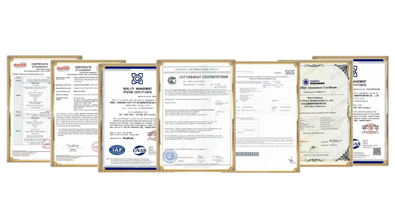
Welcome to RAYOUNG – Strong Pipes, Stronger Promise
